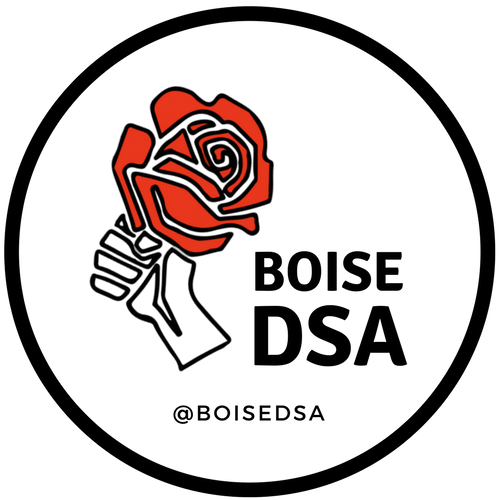May day and international worker solidarity
May Day has been the day of celebration globally for the class which creates all that is necessary to live and to live well, the working class. It is celebrated in more than 140 countries and territories around the world on May 1 or the first Monday in May as a show of international worker solidarity. Although the significance of this day traces its origin to an event in this country, it has been largely ignored here in the United States.
On Saturday, May 1, 1886, thousands of workers around the United States went on strike and marched under the slogan "Eight Hours for work. Eight hours for rest. Eight hours for what we will." Nearly half a million workers from Chicago to New York, to Milwaukee to Detroit marched in solidarity. In Chicago, this is often remembered as leading to the infamous Haymarket Affair in which a bombing took place at a labor demonstration four days later, May 4, 1886, at Haymarket Square in Chicago, Illinois. Eight workers would be framed and convicted of conspiracy though only two of the eight were even at the Haymarket at the time and the two could not even be connected to the throwing of the bomb. Seven were sentenced to death and one to a term of 15 years in prison. Eventually four were hanged on November 11, 1887, one committed suicide while in prison and the remaining three would remain wrongfully convicted until their pardon in 1893. Just before his execution, August Spies, one of the convicted men, cried out the famous words: "There will come a time when our silence will be more powerful than the voices you strangle today."
In commemoration of the general strike and those workers targeted and imprisoned, worker organizations and trade unions demonstrate on the First of May for the material demands of the working class, the demand for a living wage, a respectable and decent job, and a Democratic way of life which has shown to be unattainable under the rule of landlords, bankers and bosses embodied within the economic system we live in.
U.S. resistance to celebrate International Workers' Day in May stems from a resistance to emboldening worldwide working-class unity. In his book, The Incomplete, True, Authentic, and Wonderful History of May Day, British labor historian Peter Linebaugh states "The ruling class did not want to have a very active labor force connected internationally … The principle of national patriotism was used against the principle of working-class unity or trade union unity."
In efforts to encourage working people to forget this history President Grover Cleveland signed a law making the first Monday in September of each year a national holiday to remove any association of the original May Day. Much later in 1958 President Dwight D. Eisenhower declared May 1 "Law Day" dedicated to the principles of law and order, and in 2021 President Joe Biden declared May 1st "Loyalty Day" further burying the history of the working people in their struggle.
In the global south, May Day celebrations also commemorate anti-colonial/pro-democracy struggles associated with the nation’s history. In South Africa, the public holiday has come to signify not only the sacrifices made on the long road toward building worker power, but also the bitter battle against Apartheid in which trade and labor unions played a key role. Continuing with this tradition, this year on May day, the National Union of Metalworkers of South Africa released a statement calling on workers around the world to mobilize for Palestine. “The working class are the creators of wealth, and it is the united power of the working class that has the power to overthrow hateful, brutal regimes like Apartheid Israel … On this Workers Day, we call on workers of the world to unite in defense of Palestine so that its people can be free, from the river, to the sea!”
It is quite remarkable that a spark lit by the oppression of workers in Chicago more than a century ago continues to be a source of inspiration for workers globally towards building worker power.

